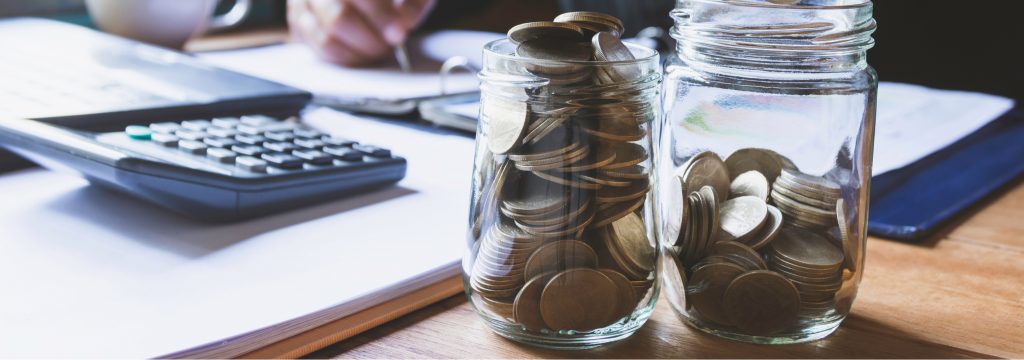Spending less and saving more. It sounds like no big deal, but it can make all the difference in your financial life. The question is: how do you do it effectively in order to see real results? Here are some simple yet powerful tips to spend less money.

Stop Buying Stuff You Don’t Need
This is pretty obvious, but all of us can use a reminder sometimes. When you’re walking through a store or window shopping you can easily get tricked into feeling like an item is necessary or “must buy” when in fact it’s not. Winging it and buying things you come across can be a lot of fun, but in the long run it will drain your wallet. Cut it out and watch your savings grow.¹
Home Cooking Will Help You Save Big
One of the biggest costs that people have in addition to housing, their car and healthcare is cooking. If you eat out frequently or order takeout you’re likely spending a lot more than you should be. Buying ingredients and cooking at home will end up saving you a ton of money and what’s even better is you’ll learn many new cooking skills and get to enjoy delicious new recipes. That’s what I call a win-win.²
Eat Less Meat
This saving tip is not going to be popular with barbecue masters and hardcore meat lovers, but the truth is you can stop spending nearly as much by eating less meat – or even going vegetarian for awhile. Eating too much meat isn’t good for your health and it also costs more. When you switch to some healthier vegetable-based diets you may find yourself feeling better and spending less.³
Seek Out Generic Products
Whether in the grocery store, pharmacy or hardware store, seek out generic products. Avoid brand names that tend to cost more. You will notice the difference right away and the truth is that many generic or house brands are just as good – and sometimes better – as the brands that spend a bunch on advertising and pop out at you from the shelf with their flashy name and brand recognition. Go generic and save money.¹
Feed Yourself Monthly Money
This does not mean to literally eat money. What it means is to set up automatic transfers where you save a portion of your bi-weekly or monthly pay to go into a savings account. Keep increasing this amount, starting from what you’re able to afford once you take into account your savings and slowly hiking it up. The money feeding into your savings account will start increasing as your spending drops. Don’t touch the money in the savings account except in the case of an emergency.⁴
Watch Out For Phone Bills
The monthly plans that many people are signed up for with their smartphone can get really, really expensive. Try looking for lower-cost plans or consider going prepaid. You may justify your current bills as no big deal or “just $60” but when you consider all the extra taxes and the cost over one year you will see very clearly that your smartphone costs are costing way too much and getting in the way of your ability to save.⁵
Avoid Credit Card Debt
It’s easy to be tempted to put spending on a credit card. However, if you don’t pay your credit card off on time, you can end having a significant debt burden. With debt comes interest, and credit card interest charges are very high. So if you’re going to use a credit card, only pay for what you can afford and pay off the balance in full each month. High interest charges are totally not worth it.
[1] https://www.instructables.com/id/21-Ways-to-Spend-Less-and-Save-More-Money/
[2] https://www.experian.com/blogs/ask-experian/ways-to-spend-less-and-save-more/
[3] https://www.onegoodthingbyjillee.com/creative-ways-to-spend-less/
[4] https://moneymentals.com/the-no-budget-way-to-spend-less-and-save-more/
[5] https://www.moneyunder30.com/trick-yourself-into-saving-more-and-spend-less